
Sometimes ladies do well with the Phase 2 meals on the hCG diet tasting bland and boring. And if that’s you, so be it, stick with what works girl! But if you are really struggling to stick to the diet because of this lack of taste or getting sick of what you’ve been eating, here are some tips for really improving the flavor, texture, and variety of your P2 hCG Diet meals – we utilize all these tips in our hundreds of HCGChica P2 Recipes!
0. Bonus Tip Zero: Clean Load
If it’s not too late, and if so, idea for next time: Do a clean load.
This is especially a good idea if you are a sugar addict like me. The sooner you clean your palate from sugar, the sooner you will not only have less cravings (which is honestly the biggest reason we overeat or eat the wrong stuff) but, cleaner food will taste better.
You know how I know? If you eat a bowl of ice-cream, immediately followed by some bites of kale salad, you will be like, ummm no thanks, I’ll stick with ice-cream. But once your palate gets cleansed and gets away from super concentrated sugar and fat combos, all of a sudden the same kale salad tastes pretty good.
DURING Phase 2 Ideas
Click a topic to go straight there!
1. Salt
4. Spices & Herbs: Stop putting 1/4 tsp of stuff – use more spices and herbs
5. FRESH herbs – wow.
6. Use Sour Stuff: Lemon squeezes and Vinegar splashes. Those wedges of lemon/ lime aren’t just superfluous
7. Tenderize your meat – baking soda
8. Chop veggies small and/or different
9. Use no/low calorie items to stay sane.
1. Salt
Use enough and use it in the right way. You would be so amazed at how much flavor isn’t there when you don’t put enough salt to bring that flavor out. It’s a real thing. I always wondered if I just liked the taste of salt itself because I find myself salting quite a bit before the dish I’m eating tastes good to me and wondered if I was the odd one.
Until I read this book: Salt Fat Acid Heat by Chef Samin Nosrat
Apparently, I’m not crazy, and it’s not just salt that I’m loving- the salt is actually enhancing the other flavors you’ve used- the spices, herbs, and the food itself- the salt greatly enhances you’re ability to taste those flavors. In fact, on page 21 of Nosrat’s book she states, “Salt has a greater impact on flavor than any other ingredient.” That’s powerful! It’s
“primary role is to amplify flavor.”
“primary role is to amplify flavor.”
She also mentions that salt unlocks flavor – flavors and aroma that your palate will not pick up at all without proper salting. One example she gives,
“This flavor ‘unlocking’ is one reason by professional cooks like to season sliced tomatoes a few minutes before serving them – so that, as the salt helps the flavor molecules that are bound up within the tomato proteins , each bite will taste more intensely of tomato.”
Type of Salt to Use
I find that using Pink Himalayan Sea Salt is the best. It just seems to create a more natural balanced salted flavor than something like the white table salt. I buy mine in bulk on Amazon, but I have also found large bags of it at places like TJ Maxx and Ross.
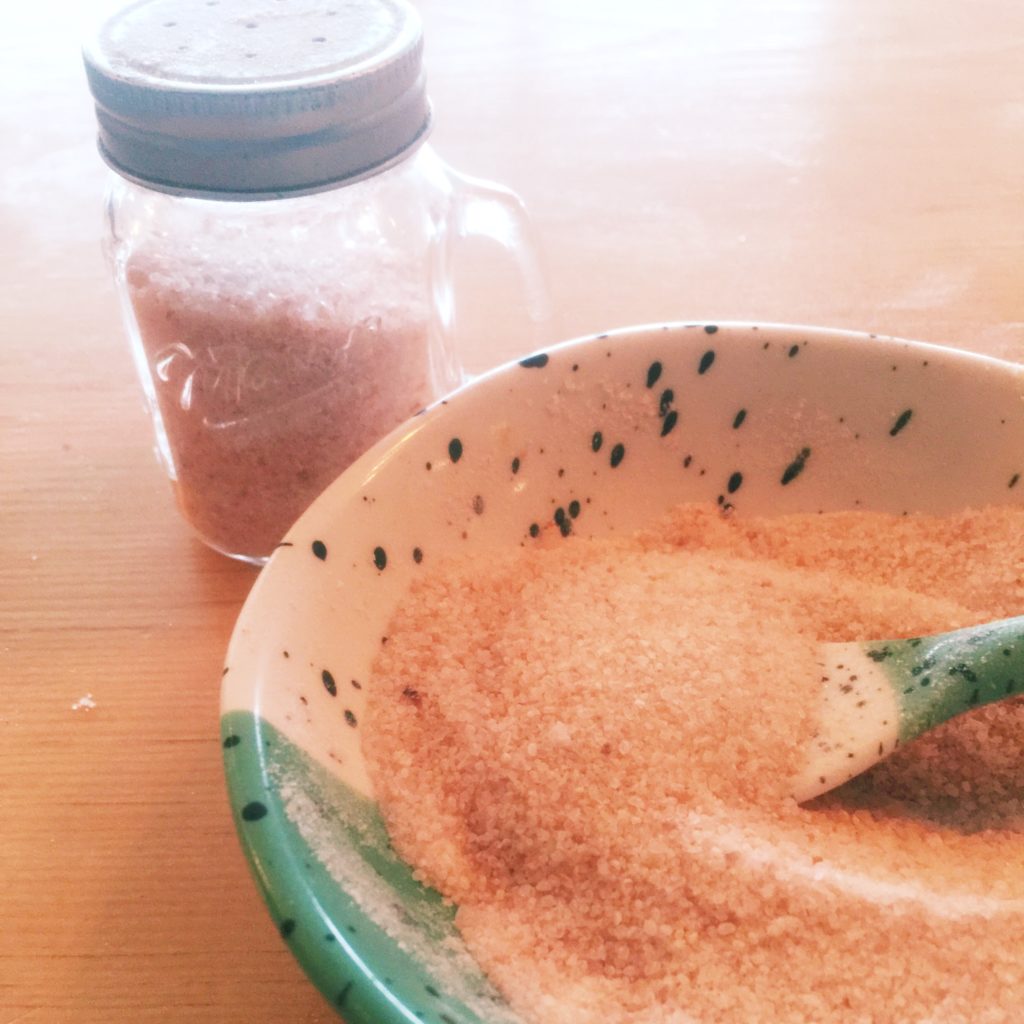
WHEN and HOW You Use & Add Salt Makes a Difference
Vegetables:15 min in advance
Simmering/Blanching veggies in salty-like-the-sea water. And if it seems like a lot of salt, the author said to remember you are throwing MOST of that salt away with the boiling water once the veggies are cooked!
Salting veggies that have lots of water like tomatoes, zucchini, etc, before grilling or roasting (pat them dry with whatever whatever the salt pulls out during this sitting time).
Chicken, Beef, Turkey, other non-seafood meats: sprinkle with salt 20min-1hr before cooking for the salt to diffuse into the meat so that your meat will taste more evenly flavored/salty (vs just salty on in the inside and bland on inside). It actually suggested, if you’re thinking ahead, to season the meat with salt a full day before cooking, and let the salt diffuse into the meat in the fridge overnight.
Seafood: the book says these proteins are more delicate and it’s best to salt these no more than about 15 minutes prior to cooking, otherwise this process can make the resulting meat tough. You can find our P2 hCG seafood dishes here!
Eggs: She says eggs absorb salt very easily and if you add a little salt to your egg mix prior to cooking this will also help the eggs retain their moisture, along with tasting more flavorful! You might utilize this idea in our various P2 hCG egg dish recipes.
Honestly, there are many nuances to this all that I can’t really explain all here and I found it SO fascinating, please just do yourself a favor for your long term maintenance and enjoyment of food by buying the book:
Salt Fat Acid Heat Cooking Primer
Concerned about Sodium Intake?
If you are concerned about the connection to be salt and health, like many other food/diet conclusions from the 50/60/80’s/90’s felt we should follow low-sodium diets- may now believe that salt is indeed quite good for you and is not the cause of many of the things that people believe back then. Additionally, the kind of salt you use makes a big difference. Sea salt is now highly advised and you get a wide range of minerals this way.
Benefits of salt:
Is salt really bad for you? The article by Scientific American entitled It’s Time to End the War on Salt stated, “a meta-analysis of seven studies involving a total of 6,250 subjects in the American Journal of Hypertension found no strong evidence that cutting salt intake reduces the risk for heart attacks, strokes or death in people with normal or high blood pressure. In May European researchers publishing in the Journal of the American Medical Association reported that the less sodium that study subjects excreted in their urine—an excellent measure of prior consumption—the greater their risk was of dying from heart disease.“
There was a 9 week study involving Himalayan pink sea salt and the conclusion of that study mentioned,
“saw significant positive changes in respiratory, circulatory, organ, connective tissue and nervous system functions, as measured by the IMEDIS System. These participants also reported increases in the quality of sleep, energy and concentration levels, brain activity, sexual activity, weight loss, enhanced consciousness and noticeable nail and hair growth and a few reported that they felt as if their physical and emotional beings were being cleansed.”
In fact, if you have adrenal fatigues issues, salt is important for treating this. There are treatments involving drinking salt water.
In fact one thing I’m doing right now is drinking some Sole Water every morning right now, which is water saturated with the salt from larger himalayan salt rocks.
See mine? I have been feeling an immediate energy improvement in the mornings when I do this.
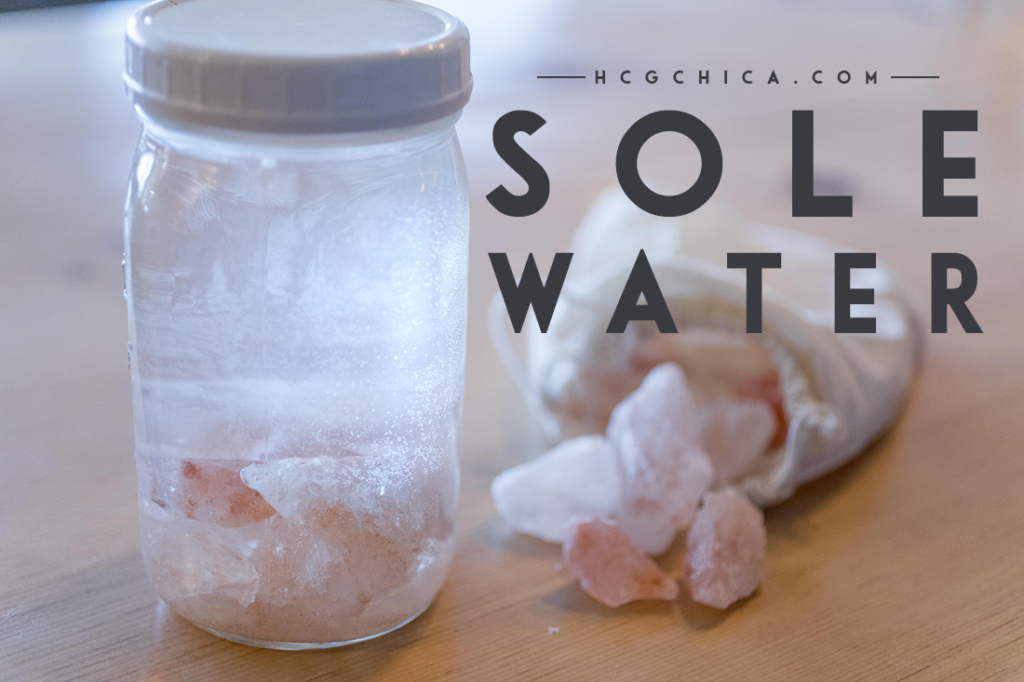
Obviously there is such a thing as oversalting, but most of us undersalt, and if you are eating a meal or recipe and it tastes flavorless to you, the quickest way to fix that usually is going to be to try adding some salt and or sour source (ie lemon/lime/vinegar- more on that later).
2. Use Stinky Stuff
FISH SAUCE
This I learned from a Thai cooking class I took years ago. It was my first foray into the use of fish sauce. There are just certain foods you smell that frankly, seem to belong in the garbage. You think moldy cheeses smell bad? Open a bottle of fish sauce and take a whiff. You won’t thank me.
But somehow, using a little fish sauce as part of your salt source (it’s very salty) can totally change the savouriness of a dish – and not in a stinky way! In a good way- have you heard about the 5th taste? Umami? It’s meant to indicate a savoury taste that is added and ingredients that bring an umami taste to dishes are things like fish sauce, cheeses, and mushrooms. You haven’t had the best burger patty in the world until you’ve had one with a little fish sauce or soy sauced added to the meat mixture, I promise!
You could consider fish sauce as (AP) Alternate Protocol, but when you consider that fish and many seafoods are allowed on the original (SP) Simeons Protocol, I feel like this is basically the same thing. Your choice of course!
2 things to note about selecting a fish sauce:
1. Look for one without sugar- many brands do contain added sugar, but not all. The more traditional brands typically do not.
Red Boat fish sauce is a well known brand that has only anchovies and sea salt added to it, and no MSG or other preservatives.
2. It’s considered a salt source so you will not need as much salt if you use fish sauce as part
3. If you are wondering if this is SP (specific protocol) just think that fish sauce is just fermented fish (anchovies) and has only 16 calories, 2 carbs and 0 fat per tbsp and you would likely only consume about 1 tsp or so per serving – 5.5 calories, .6 carbs per serving.
VINEGAR
Vinegar too tends to have a bit of an off-putting stinky smell, but can really heighten and enhance flavors – for us vinegar is one of the few liquids we even have to work with since oils are out for most of us (outside of a little coconut oil if you are AP). But we’ll cover more about vinegar under the “sour stuff” point.
3. Use pickled stuff
Using ingredients that have been pickled in vinegar can add a contrast of “brightness” to your dish. Add them as a garnish or topping to many of your P2 meals to add flavor.
Caution here: many pickled items are pickled with sugar- it’s best to “quick pickle” things yourself with just vinegar (and you could use a little stevia too if you like! Here are a couple tutorials on how to quick pickle things yourself to get a little zing in your dish:
NOTE: Obviously for all methods you will not use sugar, only vinegar, water, and spices/herbs and some might like to try a sugar-free substitute like a little swerve or erythritol.
We have a couple hCG recipes for you here:
Quick Pickled P2 hCG Cucumbers (within another recipe, just scroll down)
For quick pickling, you’ll want to chop the veggies small so the vinegar solution can diffuse into the pieces quickly and easily. You can do this with pretty much any P2 vegetable- radishes would be delicious this way!
Here’s a great recipe from another food bog with great ideas: How to Quick Pickle Any Vegetable
4. Use more spices and dried herbs. More. Yep, still more.
Whether you need to do this will depend on how you were raised. But I was raised in a traditional 1980’s household where the recipes my mom followed from various “cooking light” magazines included things like 1/4 tsp Italian seasoning for a spaghetti sauce that’s supposed to serve 4. Yay. You mean I get to have 1/16th of a tsp of spice flavor in my serving? Wood whoop. Oh wait, except I didn’t know I COULDN’T TASTE IT. Upside- I suppose we saved a little money on groceries.
In my early twenties Indian food places started getting popular where I lived and after enjoying some curry dishes for the first time, I went home and looked up some commonly made Indian recipes. I was shocked to find the instructions telling me to add 1-2 tbsp of paprika, cumin, and turmeric at a time for a recipe to serve a family. And it was REALLY good.
So instead you will find in many hcgchica P2 recipes, we use a higher amount of various spices.
AP (Alternate Protocols) Recipe example: Cilantro Lime Shrimp Salad
SP (Simeons Protocol) Recipe Example: Lebanese Sirloin with Charred Tomatoes
5. Fresh Herbs
Now that we’ve discussed stopping with the 1/16 tsp of dried herbs and spices for a family of 4, let’s discuss fresh herbs.
Fresh herbs – wow. Makes a difference. This is one reason Pesto and Chimichurri sauces tastes SOOOOO good.
For me anyway, I tended to shy away from this because of the cost of fresh herbs and I didn’t realize just how much a difference in flavor and taste it could make.
One suggestion to save on cost is to buy just 1 or 2 Bunches of fresh herbs and make recipes that week that use that same herb- ie fresh cilantro, or fresh Italian flat leaf parsley, or fresh rosemary. That way you will use it all up and it won’t go to waste and you won’t feel like you spent $3.99 for 1 tsp. Of fresh rosemary.
Tips for this:
1. Some herbs are pretty inexpensive- usually:
Cilantro
Parsley
Mint
Basil
2. Extend the life of your fresh herbs this way: How to Make Fresh Herbs Last Weeks
A few examples of fresh herbs making for a WOW P2 meal are these:
6. Use Sour stuff: Lemon Squeezes and Vinegar Splashes
I seriously used to see those instructions and think that’s just something restaurants do that doesn’t really matter. Boy was I wrong! Finishing something with just a little squeeze of lemon or lime once the food is off the stove and ready to eat can make SUCH a difference in the flavor!
With things like vinegar, the idea is that a little splash can really sharpen and enhance a dish if it’s tasting flat – the goal isn’t to taste the vinegar, it’s to add just enough to bring the dish a little more to life. This article mentions just a teaspoon at a time to achieve the right taste.
On hCG, for things like salad dressings often all we have is vinegar without the oil to temper the taste.
Vinegar can be used in ways that might surprise you – we have one hCGChica P2 recipe that just sounds weird – Strawberry Vinaigrette Popsicles – but believe me when I say that if I was fighting my 8 year old son over them, they are delicious! They just have this kick that’s awesome and not at all unpleasant.
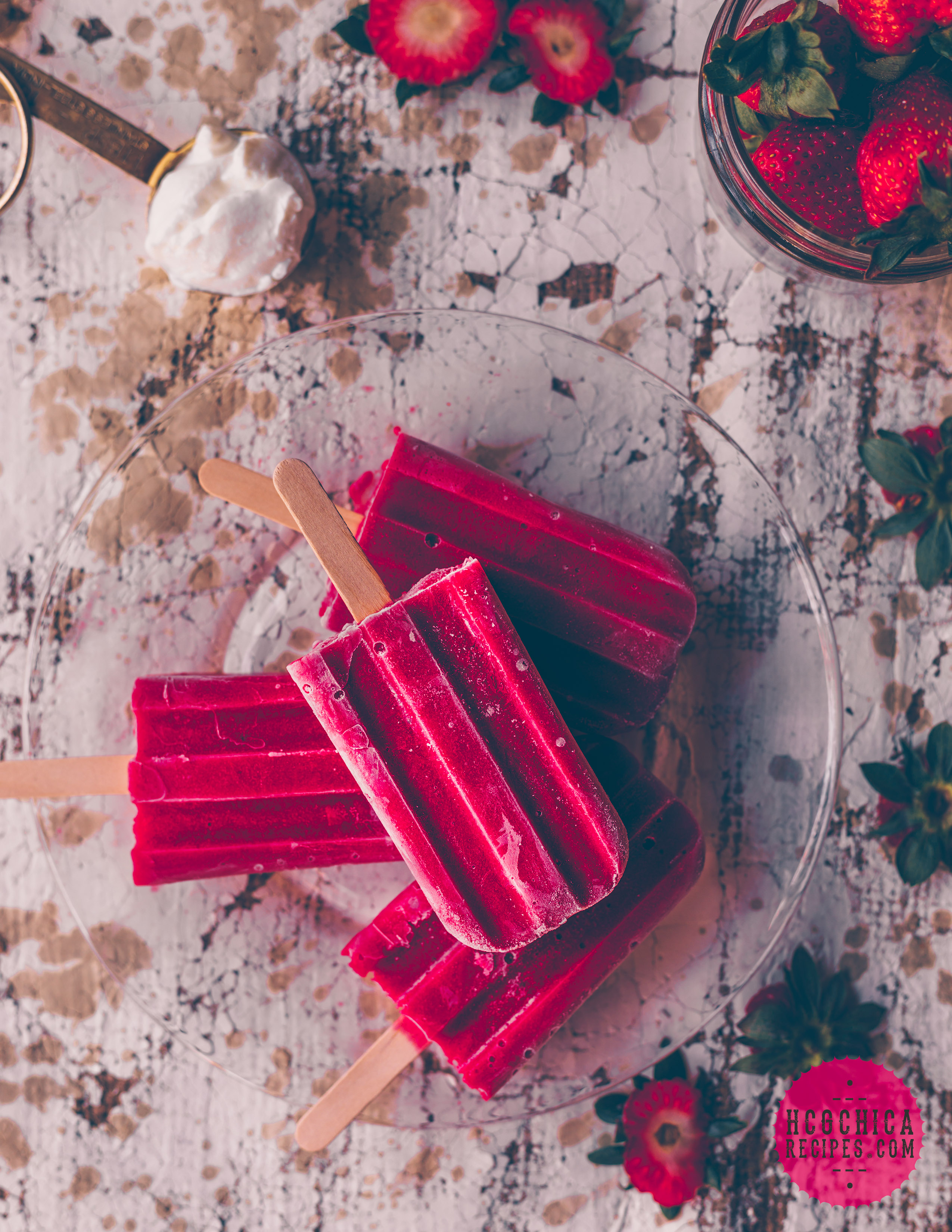
7. Tenderize your meat
A very common complaint on the hCG diet is tough meat- especially lean beef cuts. This make the food really hard to enjoy when the texture is just really hard or chewy or yuck.
In my research, I discovered there is a way to tenderize those tough cuts of meat! We have utilized them in many of our beef P2 hCG diet recipes now and it really seems to work well. It’s 1 little extra step that you can do when you feel like it.
Soak your raw meat in a baking soda solution for 15 minutes.
What it does is: Prevents proteins from bonding too much during cooking.
How to do it: The consensus is about 1 tsp of baking soda per 1 lb of meat.
Cook’s Illustrated article on this subject mentions that “briefly soaking meat in a solution of baking soda and water raises the pH on the meat’s surface, making it more difficult for the proteins to bond excessively, which keeps the meat tender and moist when it’s cooked.”
While instructions vary, it seems that the usual recommendation is 1 teaspoon of baking soda per 1 lb of meat. For most of the P2 recipes on hcgchicarecipes.com, they are designed to make 2 servings, using 7 oz (200g) of meat total (unless you change the serving size on the recipe), so a little less than a half pound = a little less than 1/2 tsp of baking soda for all the recipes.
How to Do It
1. Marinate raw meat in a solution of baking soda + enough water to cover the meat for 15 minutes (1/4 tsp per 100g/3.5oz portion, or 1 tsp per 1 lb).
2. THOROUGHLY rinse the raw meat with water before cooking. You want to get all the baking soda off now.
Notes:
- It’s okay to leave the baking soda on longer, but it does not further improve the texture beyond just doing it 15 minutes.
- It was noted that meat with more surface area to penetrate, like ground meat, may be best to use less baking soda or else it might be a bit too much and taste of baking soda. So possibly more like 1/2-3/4 tsp for 1 lb of ground meat.
- This works best for thin cuts of meat – which in general will work well for us since we are using small cuts of beef on this diet.
- This works well with chicken breast too- while chicken breast isn’t terrible on it’s own, I did read that using this method really did improve the moisture and texture of the chicken.
- Seafood doesn’t need this since it’s already plenty tender.
8. Chop veggies smaller or in different cuts
There was a time when the idea of eating vegetables was a serious turn off because I was so addicted to chocolate cake.
Outside of getting over the withdrawal period of eliminating sugar which greatly changes your taste perceptions, I found the CUT/SIZE of vegetables to make a great difference to me in palatability.
Small or thin pieces of raw veggies (or cooked) seem to be much more enjoyable to eat than big huge chunks.
Ways to make cutting veggies smaller easier and unique cuts
1. Most grocery stores now carry veggies in those nice “riced” cuts.
2. Spiralizer – you can make vegetables noodles with this nifty tool
3. Food processor – ninja one – you make “rice” out of your most veggies this way.
4. Mandolin – I love how the mandoline slicer can cut thin, matchstick style cuts very quickly. Many are scared of this, but I have a video tutorial on how to use it safely and properly in the P3toLife program. After trying several of these now while creating the P2 hCG recipes, including higher-end ones which you would assume would perform better, this plastic one cuts the best honestly.
5. A nice sharp knife
6. Vegetable peeler – a little more laborious, but you can use these to shave ribbons and “noodles” of veggies as well.
We use this in some our recipes to create taste salad or slaw type mixes:
9. No Calorie or Low Calorie Stuff to Stay Sane
A. Miracle Noodles
I have a full Miracle Noodles article detailing these out so you can decide if you feel comfortable using these on P2. I used them daily on most of my rounds.
Here’s all our P2 hCG Diet Miracle Noodle Recipes.
There are lots different noodle “cuts” now with miracle noodles, which is really fun. Some of my favorites:
Variety pack – this is perfect if you want to try the different cuts out to find your personal favorites
Angel Hair Miracle Noodles
Fettucini Miracle Noodles
Ziti Miracle noodles
My virtual assistant came up with this P2 Skinny Spaghetti Recipe utilizing miracle noodles and it’s the bomb!
B. Glucomannan Powder
Gluco-what? This is the main ingredient in miracle noodles. You can use the powder that’s also basically calorie free, as a thickener (hello pudding), a way to make other ingredients stick together (hello fritters that fall apart less), and a way to add bulk/volume/provide a feeling of fullness (hello to NOT eating off P2 foods or calories).
I would only buy a small bag of glucomannan because a little goes a loooong way. Here’s an article with more detail on what glucomannan is.
We utilize this in a few places in the P2 recipes – one is an orange pudding recipe:
C. Super Low Calorie Pre-Made Sauces and Dressings
My 2 favorite brands for this:
The sauces from these two companies are great because: they are sweetened with stevia, not sucralose (aka Splenda- just not as healthy an option that’s all). Additionally they are extremely low in calories, while really tasting delicious.
We utilize these sauces in a number of P2 hCG Diet recipes here:
You can use these recipes pretty interchangeably as the lines are very similar in types of dressings and sauces they offer.
Here you can see a sample of all the dressings/sauces Bare Foods Inc carries – my favorites are the barbecue sauce, the sweet mustard dressing, and the raspberry vinaigrette (we we use in that popsicle recipe I mentioned to you!)
My favorite Simple Girl sauces are the Balsamic Vinaigrette, which we use in a couple P2 Balsamic Drizzle Meatza and the Lemon Roasted Broccoli Meatza and the Country Sweet Barbecue Sauce.
After just sharing my preferred hCG approved sauces, I should still mention the Waldens Farms dressings and sauces (sweetened with sucralose/Splenda) because they do certainly have a lot of flavors, including some sweet stuff like caramel sauce and chocolate sauce, which the other companies don’t have, and in the end, some of you are comfortable using sucralose, so far be it for me to slap your hand! We all make concessions.
10. Caramelize/Roast veggies
When you caramelize your veggies it brings out the natural sweetness it has and really changes the flavor profile – in a yummy way. Usually this is done with oil in regular cooking, something most of us are avoiding strictly on P2. But there is actually a way to get some caramelization on our P2 foods without oil! I’ve detailed this process below:
When you roast veggies, similar thing, both the flavor profile and texture changes significantly, giving you some variety in the taste and mouthfeel of what you’re eating on the diet.
To Caramelize Veggies on P2:
Main tips for caramelizing:
1. Chop veggies thinly and evenly
2. Use very little liquid – like 1-2 tbsp of chicken broth at a time
3. Stir only occasionally and then let them sit for a bit so they can brown.
4. Deglaze as needed so stuff that sticks to bottom of pan doesn’t burn- this then cooks off and allows the caramelization process to continue
5. Use a large pan so there isn’t overcrowding- overcrowding leads to the vegetables steaming instead of browning.
6. This takes awhile so don’t rush it.
Notes: the idea is to add only a little liquid at a time and let it brown, then add a little more liquid as needed so it can continue gradually browning rather than burning.
Tip: If you add a little salt to draw out the water from the veggies as well, this will then evaporate as you cook it and help it to brown and caramelize.
Caramelizing with Instant Pot! What what??
You can also use a pressure cooker, in which case you can achieve a temperature high enough to create caramelizing/browning, even in a wet environment! This can make soups have more flavor doing in the instant pot vs. stovetop when not using oils.
Roasting in the Oven without Oil Tips:
- Use a dark pan to get better browning
- Use a pan large enough to prevent overcrowding- as mentioned above, more veggies releases more moisture and then this tends to steam the veggies rather than brown them which needs a more dry environment, especially when no oil is involved.
- If you are adding herbs and spices to your veggies, spritz the veggies with water lightly help the herbs and spices adhere.
- Baste your sheet of veggies with 1-2 tsp of broth at a time while cooking- use only as much as is needed so that you don’t get the steaming effect instead.
- Roast at 375 for 45-60 minutes depending on number of veggies and your elevation. 10 minutes into the clock, lift and stir/turn the veggies from sticking. Periodically check the veggies over the next 35-45 minutes and turn as needed.
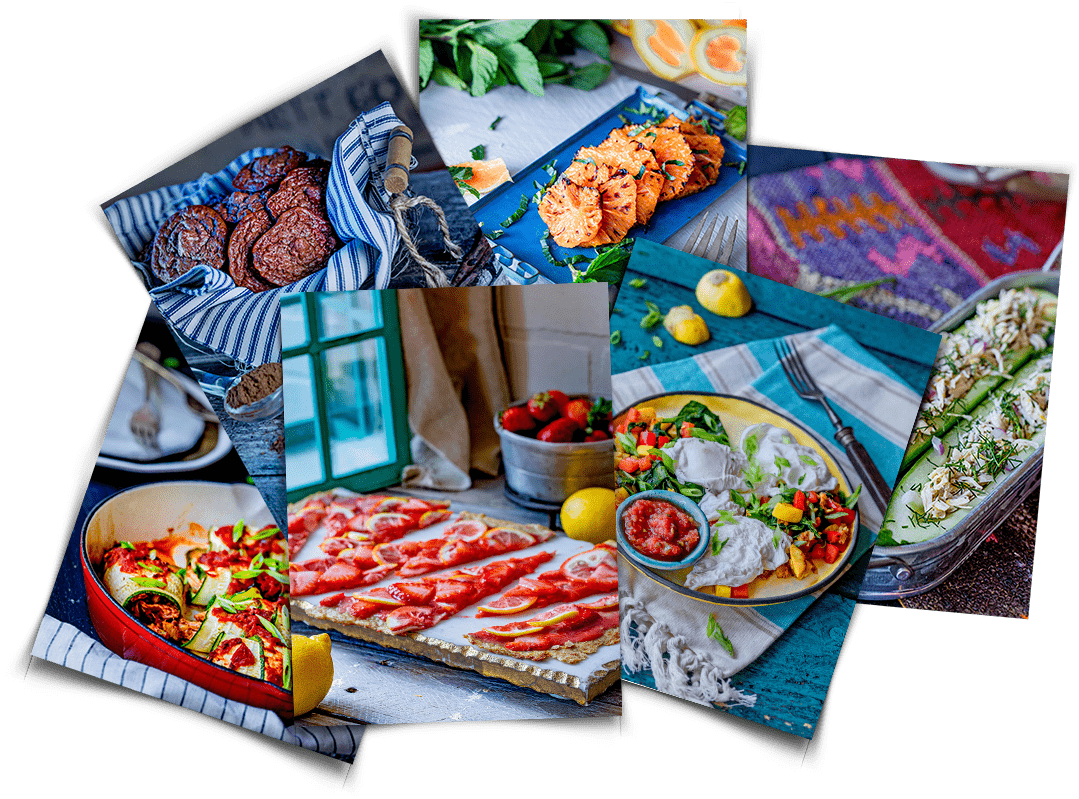
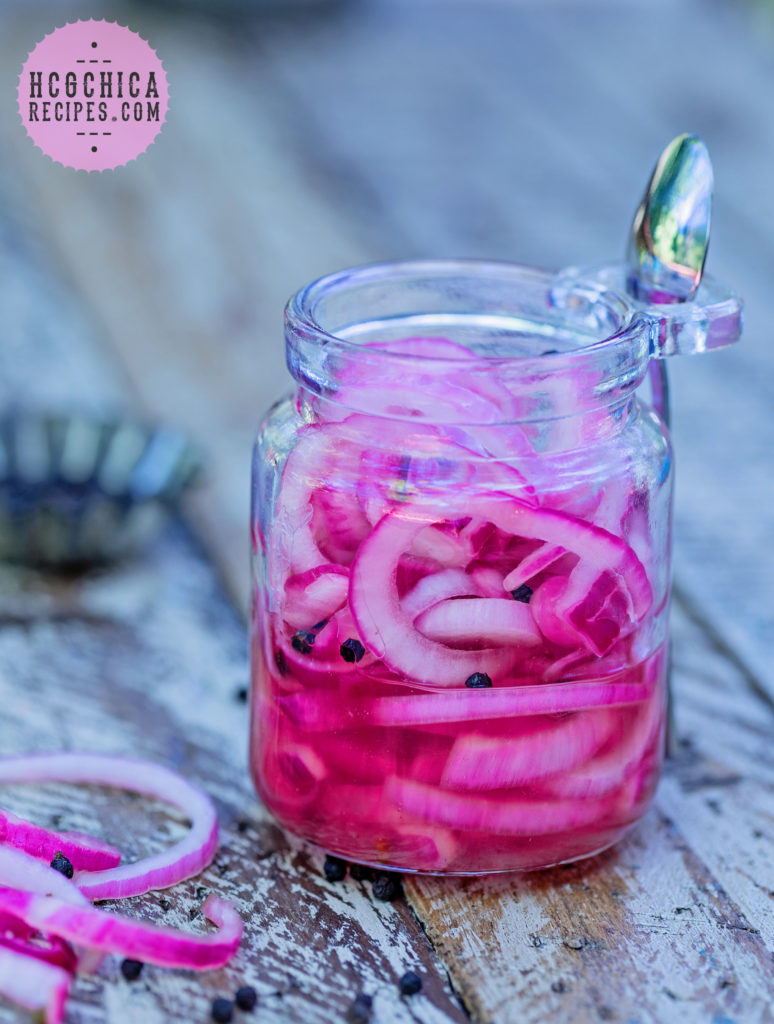
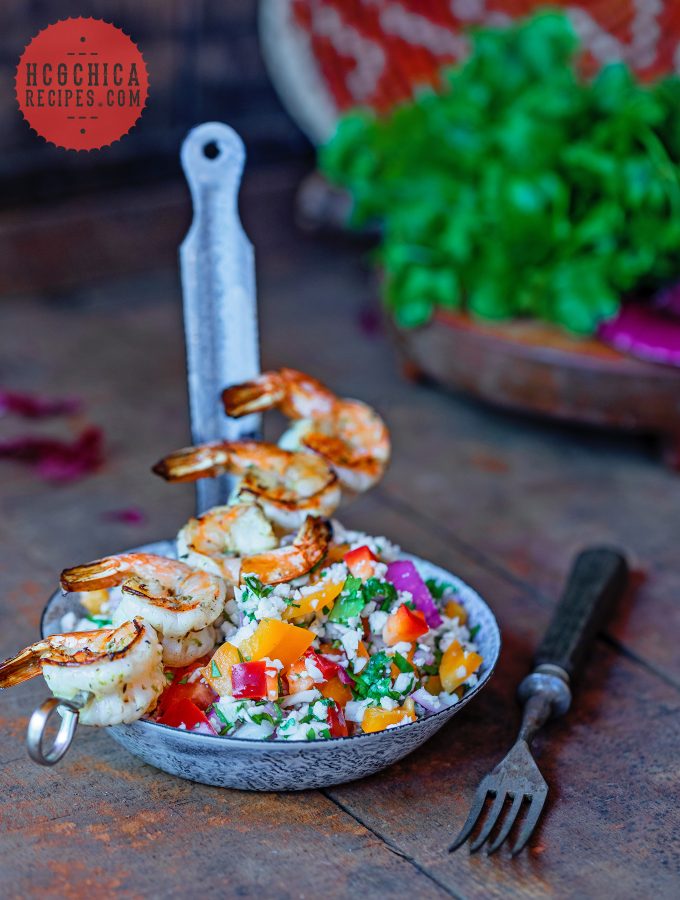

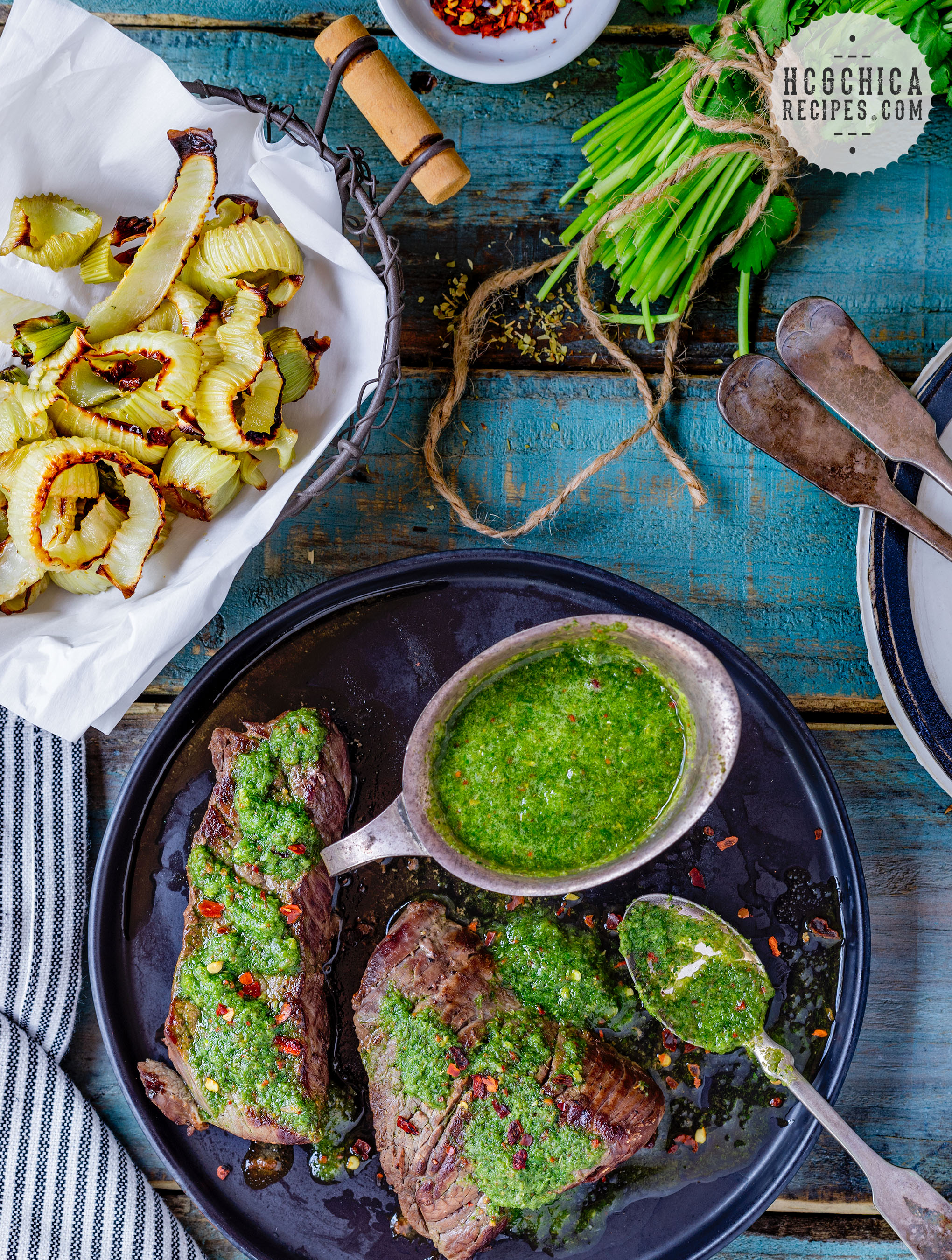
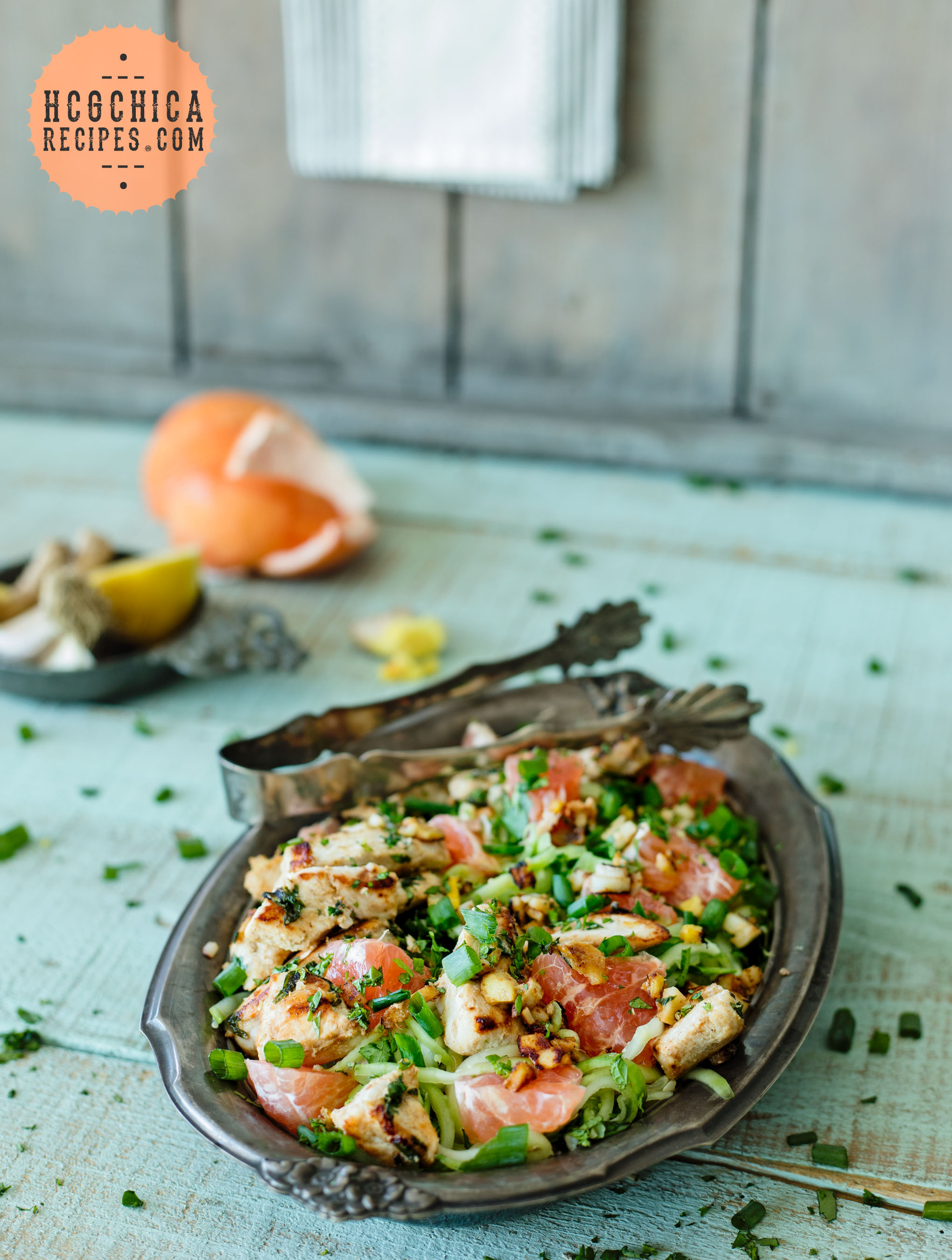
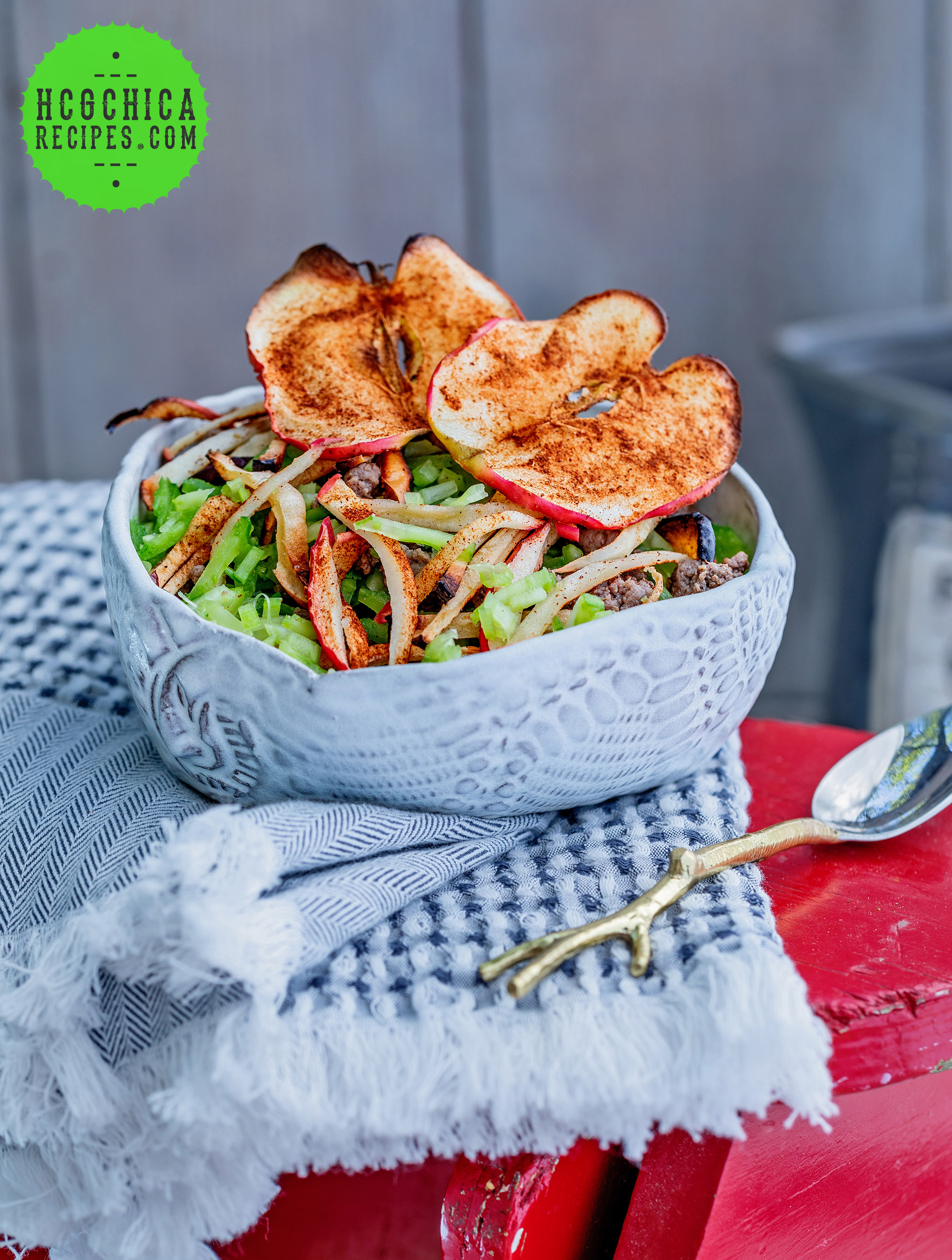
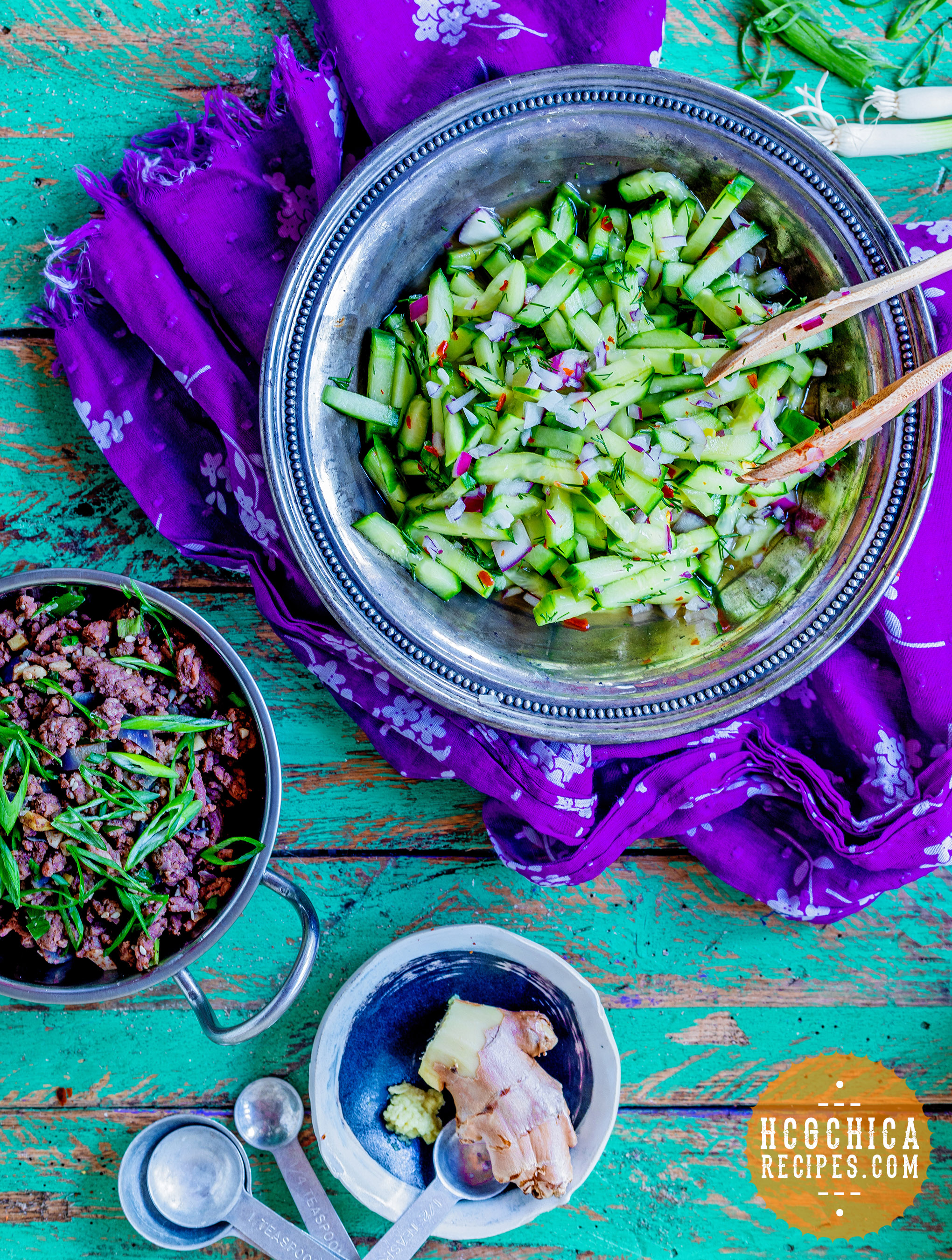
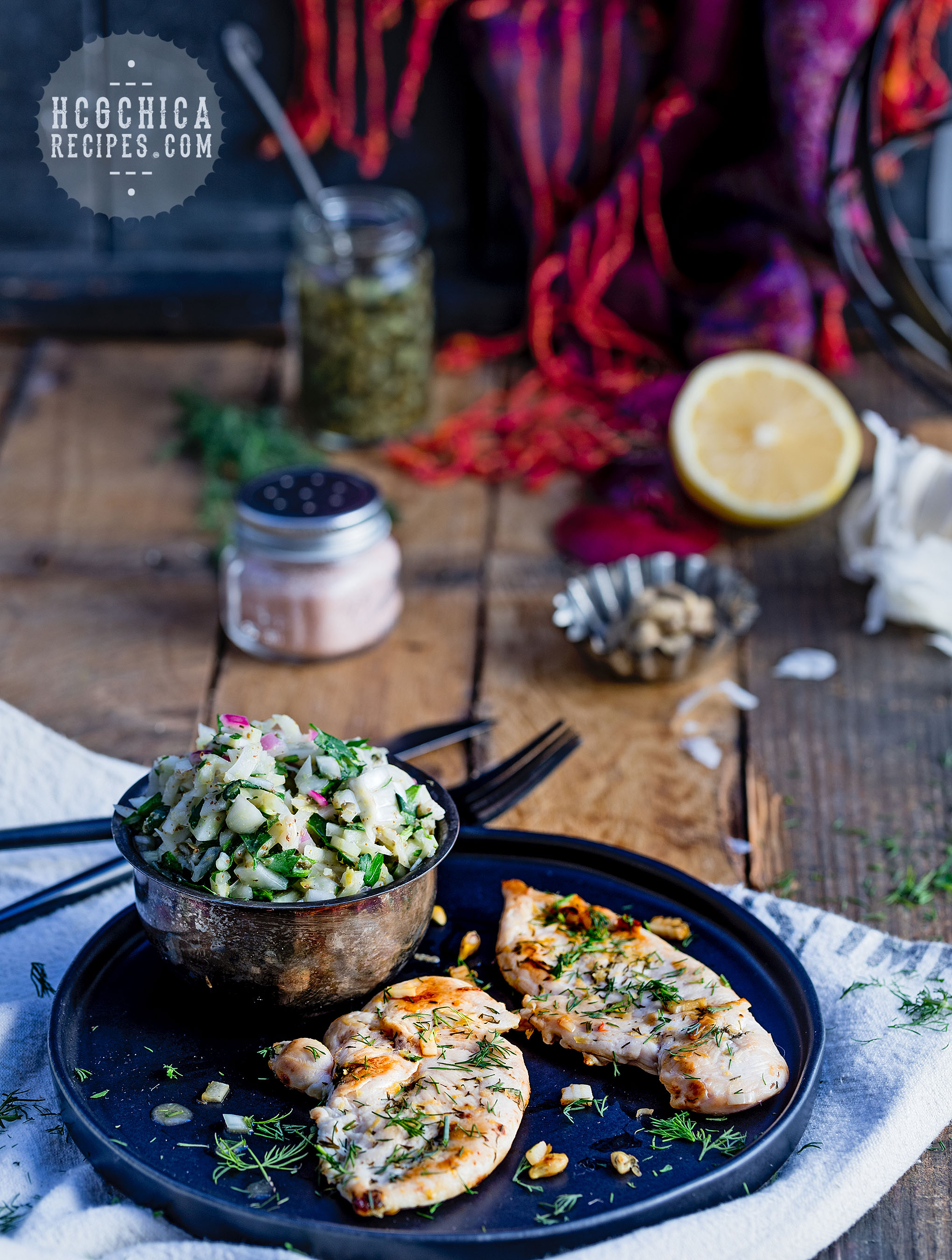
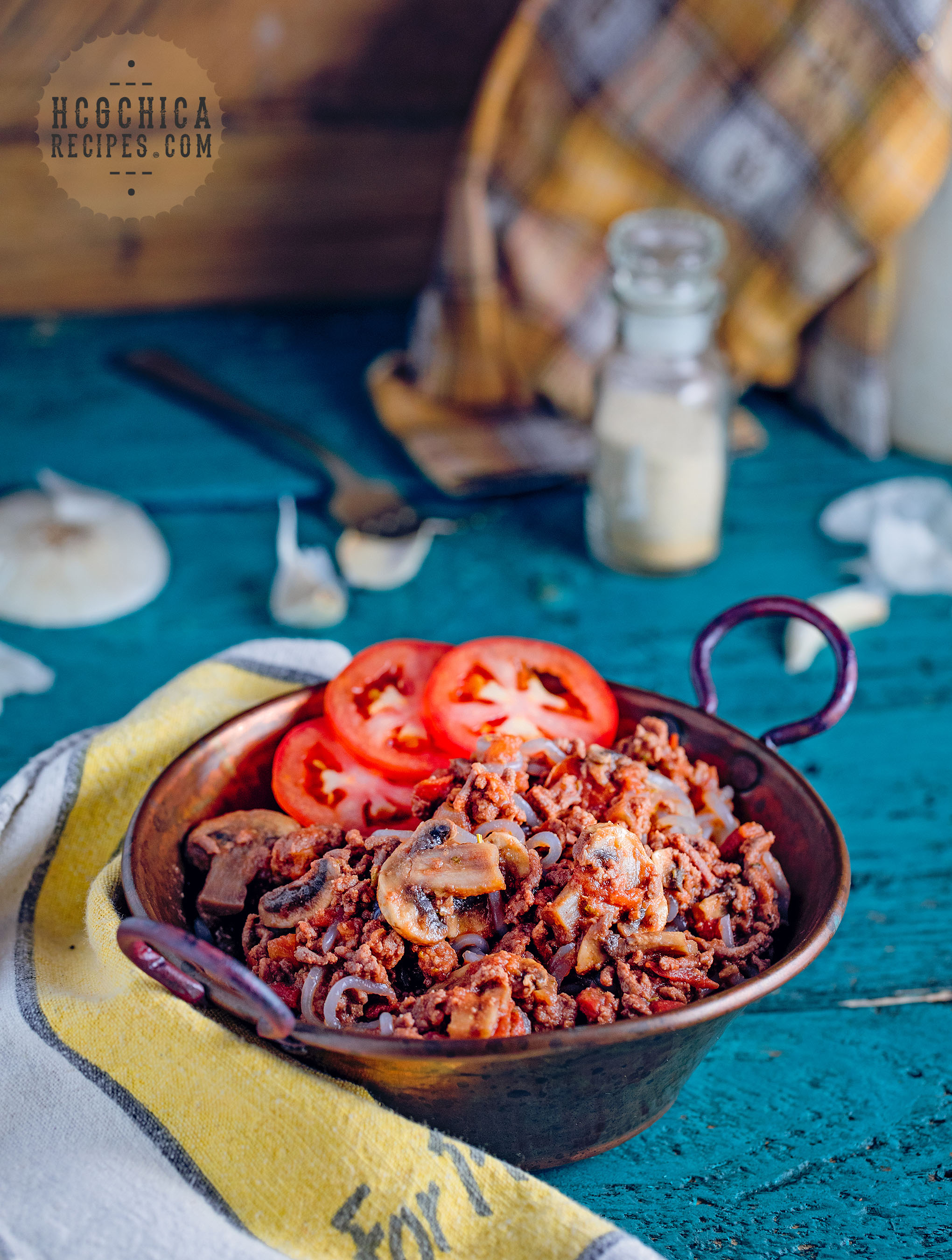
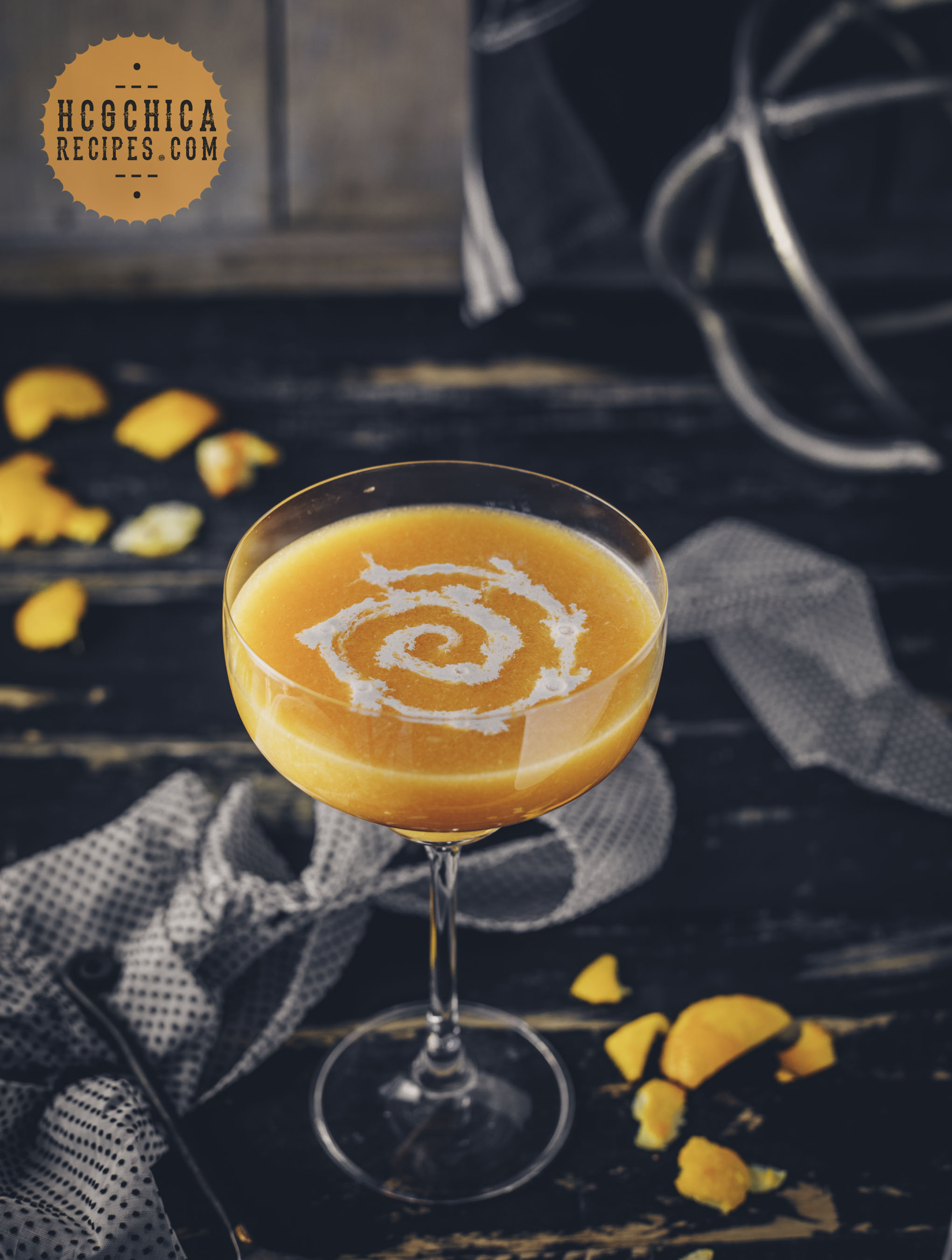



Leave a Reply
You must be logged in to post a comment.